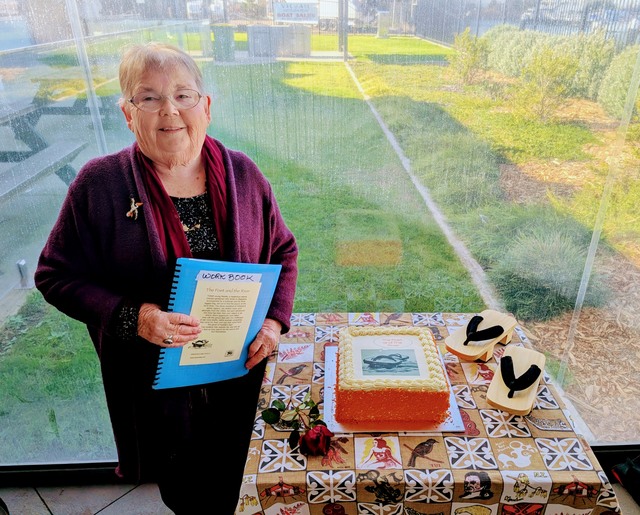By JEROME HIGGINS
DID you know that one third of people aged 65 years and over fall once or more annually?
The prevention of falls and mobility-related disability among the older population is a public health challenge worldwide, with falls and fractures having a major impact not only on the older population, but their carers, health services and the community.
Falls can result in injuries, loss of confidence and subsequent reduction in activity levels, independence and community participation.
Because of this, falls also increase the likelihood of admission to a residential aged care facility.
The impact of falls on the community will grow substantially in the near future as the elderly population increases.
It is estimated that between 2015 and 2050 the number of people aged 60 years and older will increase by 56 per cent in most developed countries.
The proportion of Australians aged 65 years or over is predicted to increase from 13 per cent in 2010 to 23 per cent by 2050, with about 2 million being over the age of 80.
The good news is that recent studies by physiotherapists have confirmed that physical activity programs are an effective fall-prevention strategy.
These studies have also shown that physical activity in ‘middle-aged’ adults (over the age of 40) is likely to reduce falls risk factors in later life.
Physical activity for this purpose should address the two key factors associated with falls risk and reduced mobility as we age – balance and strength.
However, as far as I am aware, there has been little research into the factors that stop less active people from starting these programs.
Apart from the ‘I don’t have time’ excuse, physiotherapists see many who just keep stumbling at the first hurdle with pain or injuries.
The latter is known as a boom/bust cycle – where one starts an exercise program or activity with much gusto, sustains an injury or is unable to keep up the intensive program, and then stops the activity altogether.
Sound familiar?
The key is start with small, achievable goals, and to listen to your body.
A physiotherapist or other qualified health professional can help you begin this journey by addressing existing pain or injury concerns, and then by setting out an achievable exercise regime.






